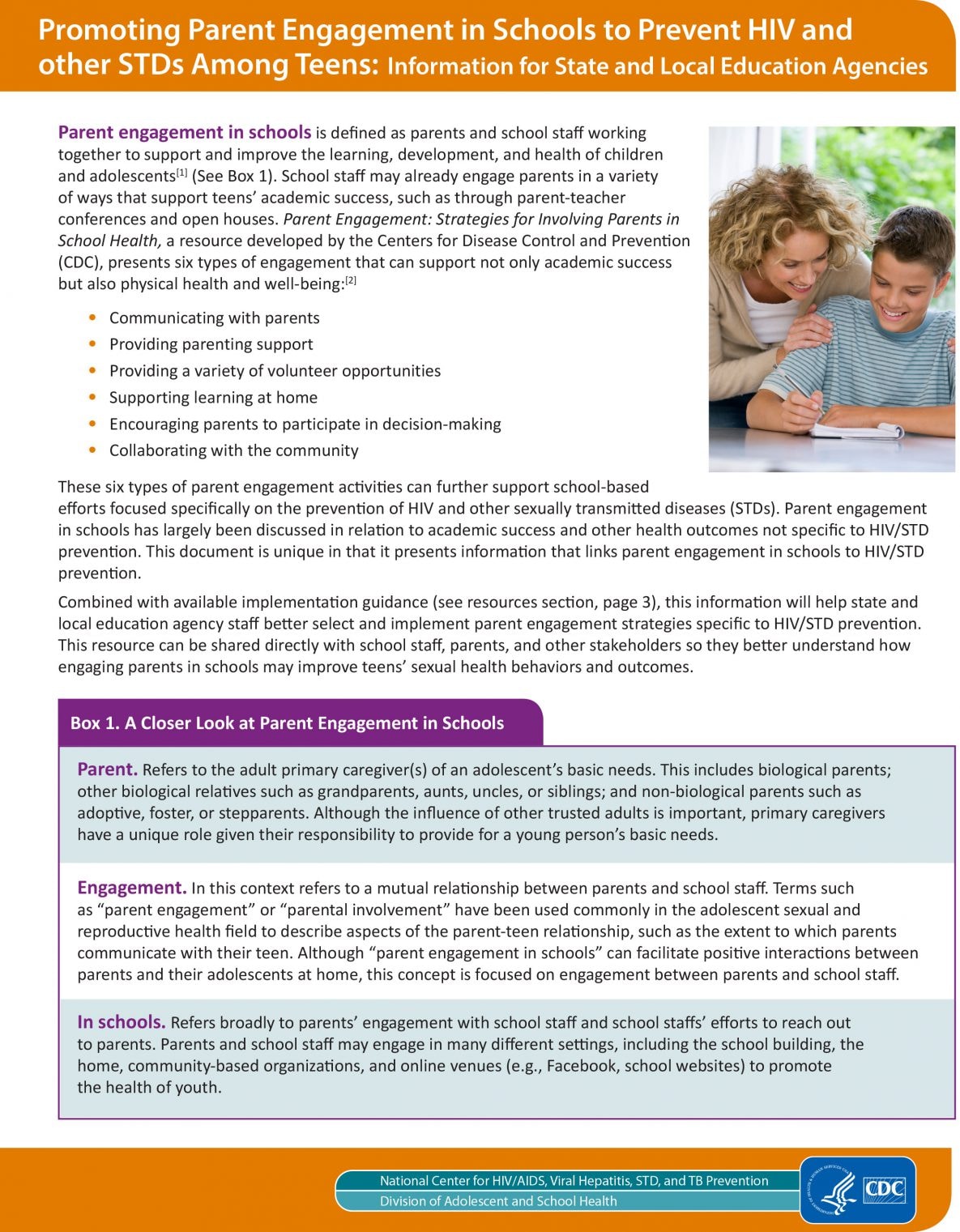
Ensuring Family Safety: A Guide to Emergency Preparedness
Emergencies can strike unexpectedly, and having a solid family emergency preparedness plan in place is crucial for the safety and well-being of your loved ones. In this guide, we’ll explore essential steps and strategies to ensure that your family is well-prepared for any unexpected situation.
Assessing Potential Risks
The first step in creating a family emergency preparedness plan is to identify potential risks in your area. Consider natural disasters, such as earthquakes, floods, or hurricanes, as well as man-made events like power outages or civil unrest. Understanding the specific risks you face enables you to tailor your preparedness efforts accordingly.
Creating a Family Emergency Kit
Assemble a comprehensive emergency kit that includes essential supplies for each family member. This should include non-perishable food, water, first aid supplies, medications, important documents, and any special items needed for infants or pets. Keep the kit in an easily accessible location, known to all family members.
Developing an Emergency Communication Plan
Communication is vital during emergencies, and having a plan ensures that everyone knows how to stay in touch. Establish a designated meeting place both inside and outside your home. Create a contact list with important numbers, including local authorities and relatives, and ensure that every family member has a copy.
Educating Family Members
Hold regular family meetings to discuss and practice emergency procedures. Ensure that each family member knows how to safely exit the home, where to find the emergency kit, and what to do in specific scenarios. Familiarity with the plan reduces panic and increases the likelihood of a swift and safe response.
Staying Informed About Local Resources
Stay informed about local emergency resources and community evacuation plans. Familiarize yourself with the locations of nearby shelters, medical facilities, and emergency services. Understanding the support available in your community enhances your ability to navigate and respond effectively during a crisis.
Ensuring Home Safety Measures
Take proactive steps to safeguard your home. This may include reinforcing windows and doors, securing heavy furniture, and conducting regular safety drills with your family. Proper home safety measures can minimize the impact of emergencies and create a secure environment for your loved ones.
Financial Preparedness for Emergencies
Have a financial safety net in place for emergencies. Maintain an emergency fund that can cover essential expenses for at least three to six months. Ensure that important documents, such as insurance policies and identification, are stored securely and are easily accessible if needed.
Caring for Vulnerable Family Members
Consider the unique needs of vulnerable family members, such as young children, elderly relatives, or individuals with medical conditions. Tailor your emergency preparedness plan to accommodate their requirements, ensuring they have the necessary supplies and support during critical times.
Regularly Updating Your Plan
Emergency preparedness is an ongoing process. Regularly review and update your family emergency plan to account for any changes in your household, such as new family members, changes in health conditions, or adjustments in your living situation. Staying proactive ensures that your plan remains relevant and effective.
Family Emergency Preparedness Resources
For additional resources and tips on family emergency preparedness, visit firstbasegloves.net. Explore a wealth of information to enhance your preparedness efforts and keep your family safe in any situation.
In conclusion, family emergency preparedness is a shared responsibility that requires careful planning and proactive measures. By taking the time to assess risks, create a comprehensive plan, and stay informed, you empower your family to face emergencies with resilience and confidence.



